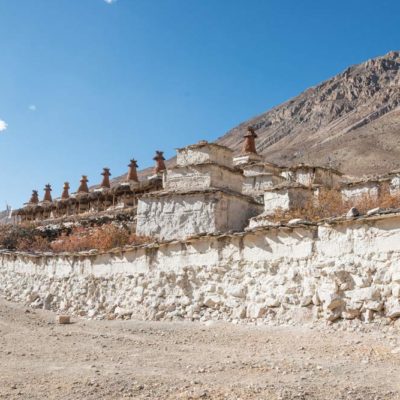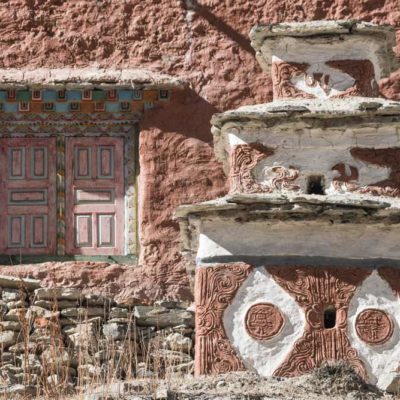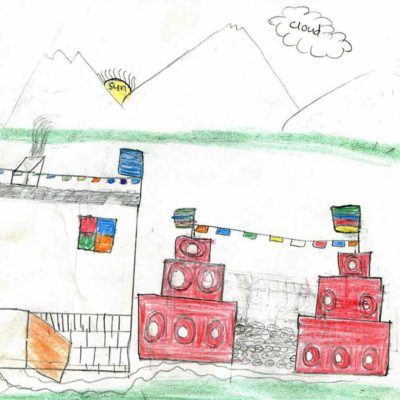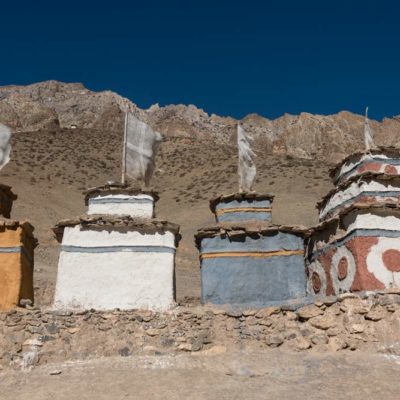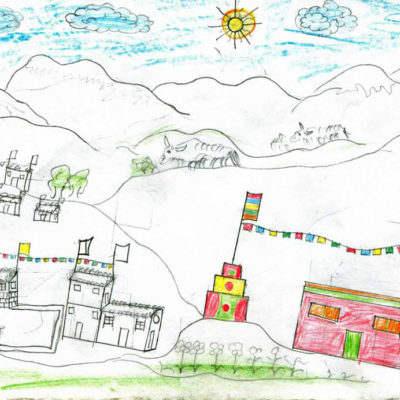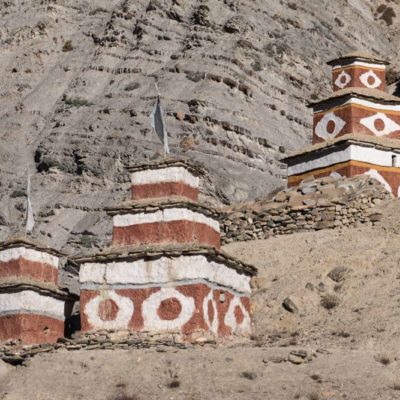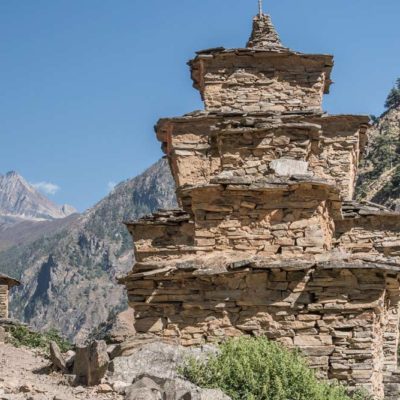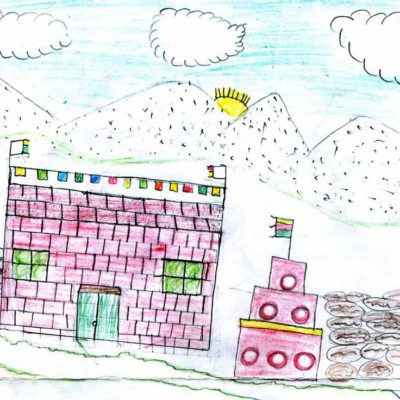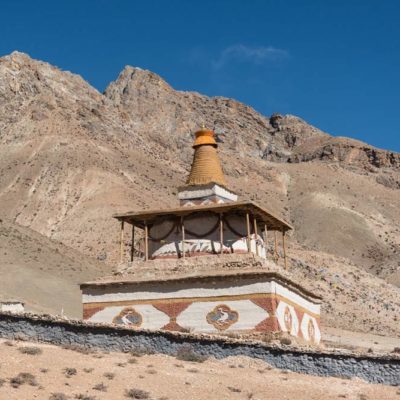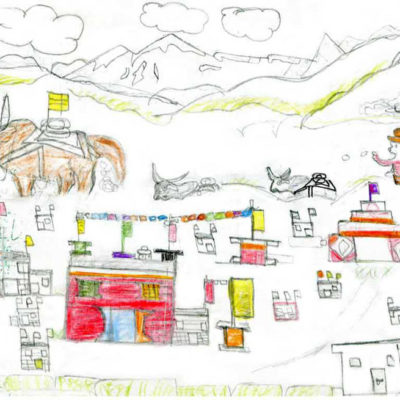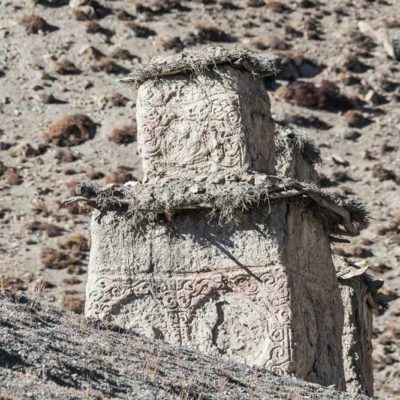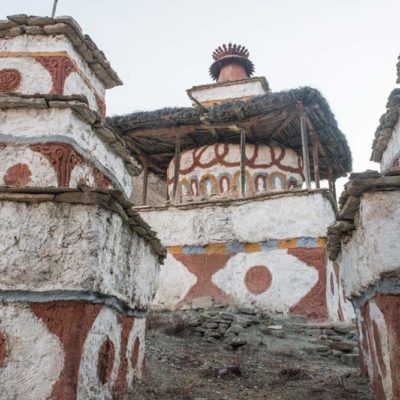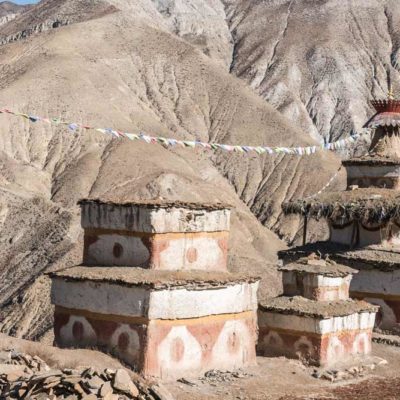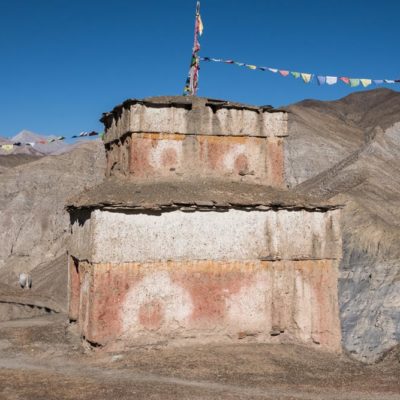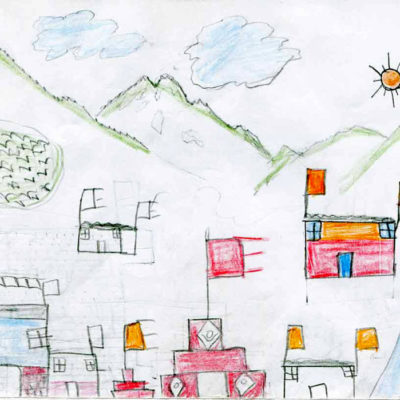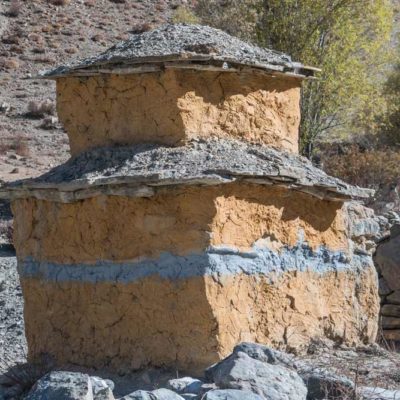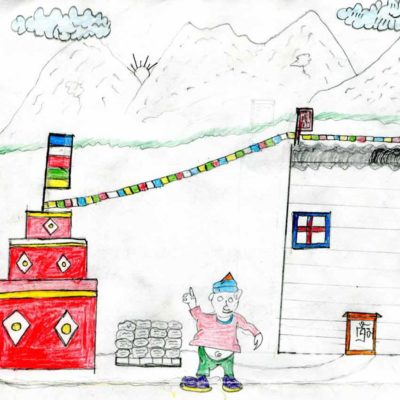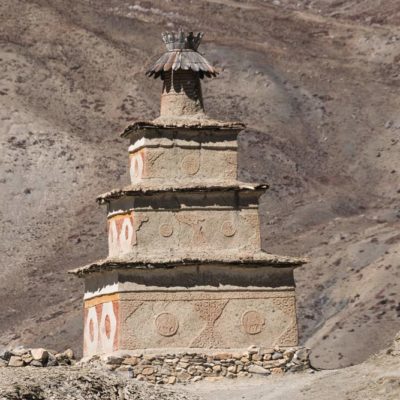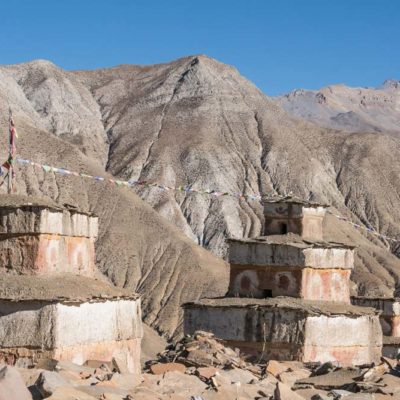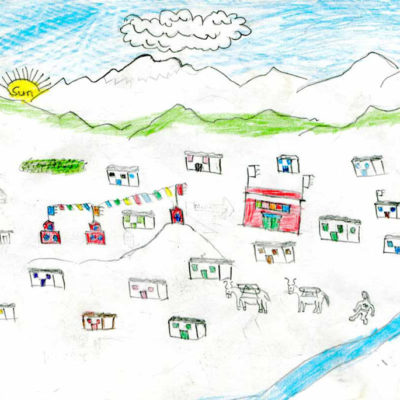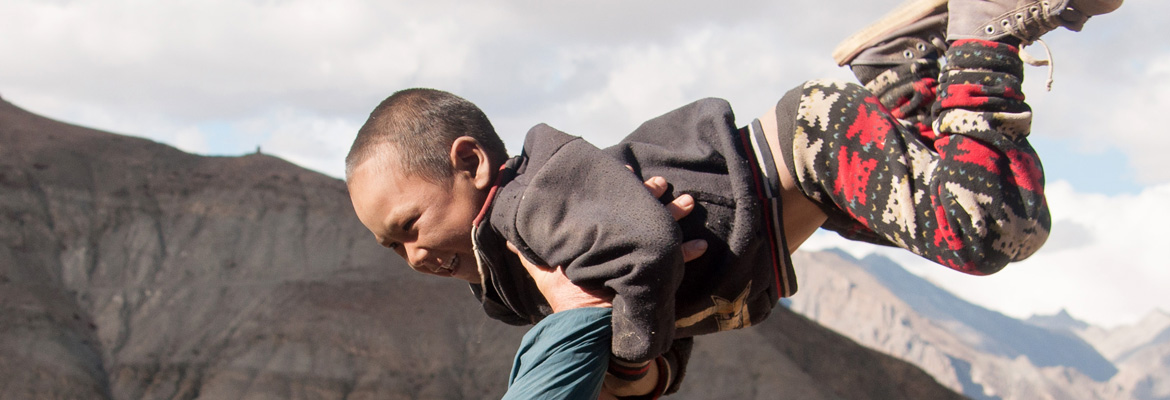
About Us
Altitude Project Community Support Foundation is a non-profit society registered in BC and a registered charity in Canada. It was started as a result of my trek through the remote Upper Dolpo region of Nepal in the fall of 2015 and a chance meeting with the people running the Shelri Drugdra Lower Secondary School in Saldang.
The school was started by Freunde Nepal, an organization in Germany. A trekker, Adelheid Donges, began working on the project in 1996, after “seeing that the children here had practically no access to any form of education”. The first classes were held in 1999. When I visited the school in 2015 it was in desperate need of additional funding. I was moved by their requests for help and wrote to everyone on my mailing list asking for help. I was overwhelmed by the support of “friends, and friends of friends” and was able to send them $13,500 that first year.
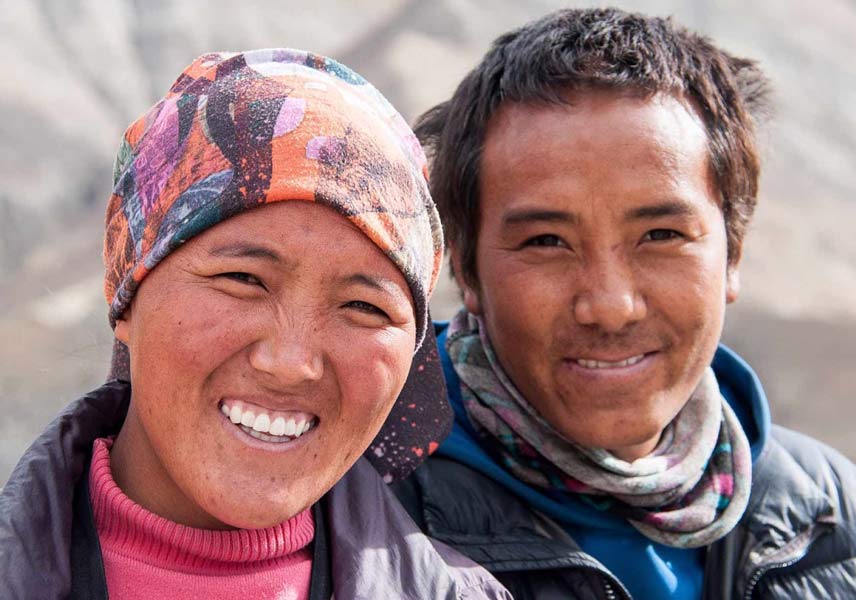
In 2017 I connected with the German group, Freunde Nepal, and learned that ongoing support was needed. I repeated the fund raising appeal and again so many people helped that we raised $17,700. During the course of the winter / spring fund raising appeal we were made aware of two neighbouring schools that had lost their international funding, and we were in a very fortunate position to help the school in Komas, and to a minor extent, the school in Karang.
An angel, artist friend got involved with the project in the winter of 2016 and built this beautiful website for free and hosts it at no charge as well.
That’s how it started! The goal for Altitude Project is to provide support to remote villages in the Himalaya region of Nepal primarily for education but also for health and small infrastructure projects.
Why help here?
I have been asked why, “with so many other important requests for our donation dollars, what is so special about the communities you are funding, ie: what kind of people they are, what’s important about keeping their cultures alive in these remote areas, what your personal or heart connection is that causes you to care for them in this way. Should we really be funding remote communities that are not self-sustaining?“
This is a great question.
I’ve been trekking in the Himalayas of Nepal since 2010. I have trekked in many regions across the country from Kanchenjunga in the east to Jumla in the far west. And although I’ve enjoyed all the treks and learned some of the cultural differences between the various regions, it is the very remote Upper Dolpo region of the country that has captured my heart; the beauty of the place – a high desert landscape and the wonderful people that inhabit it. It is one of the most remote places in Nepal and the least served by government. Most of the support for people there comes from small NGOs, many of them started by trekkers, like ours.
The first school was started in 1999, the second in 2003, and others have been built over the last 10-15 years. Before that time, no one could read or write, except for children who attended monasteries. Most families would send their second son to a monastery to become a bon / Buddhist monk. The oldest son would inherit the land. School funding is precarious and seems to come and go – we’ve learned a lot in the past few years and have been fortunate to step in where others have left.
image credit: Martin Carver
To say that the life style is unsustainable is not really correct. These people have lived here for centuries; albeit with with a very harsh, subsistence farming / trading lifestyle. I’ve been fortunate to visit monasteries here from the 8th century. Things are slowly changing in many ways and most notably relative to medical / health support. It has been common for 50% of children to die before the age of 5 and for 25% of mothers to die during child birth. Part of the benefit we are seeing from education in the Dolpo is from the earliest graduates, who are now returning to staff health posts as nurses to serve their communities and as teachers to educate children from their villages. The desire of people from this region, who have had the good fortune to become educated, to return to their villages to help their people is touching and continues to amaze me. But then again, a big part of their culture is about service to others. This is something children are taught from an early age. And it is one of the things that so attracts me to these people – the gifts I’ve received personally from spending time with them can never truly be repaid, in my opinion – it has been life changing for me in so many positive ways.
When I first visited the Dolpo I wasn’t looking for a project – it found me. I needed to charge a camera battery and the only place in the village with power was the school – they have a combination wind /solar power system that was installed by Himalaya Currents of the US. The school coordinators, Pema and his wife Kunsang, gladly let me charge my battery, offered me tea and told me that the German founders of the school had visited the month before and told them they would not have sufficient funds for the coming year. They asked if I could help. We exchanged email addresses and I carried on with my trek. At New Year’s I received an email from them wishing me good health and happiness and again asking if I could help. It was at that moment that I decided to step off the sidelines to see if I could help. In that first year, I wrote to everyone on my mailing list asking for help and was extremely surprised and overwhelmed with the response – we raised the funds needed in four weeks. Again, the decision for me to help was easy – I have received more than I can truly ever repay – just from gaining an understanding of their values; human connection, honesty, love, compassion, generosity and grace – all in the face of conditions that we in the west can not even truly imagine.
So why help here? – I have a personal connection and there is great need to improve living conditions so that fewer people die unnecessarily and so they can live with a little more comfort. This region is on the frontline of climate change, through no fault of their own, so helping with education and small infrastructure projects such as greenhouses to improve nutrition and food security seems like the least we can do to help.
And why try preserve a culture? I suppose that is a question that applies to more than this place and culture. My own view is that every time we lose a culture and language we become poorer as a species. And the Upper Dolpo is considered one of the last enclaves of pure Tibetan Buddhism and of the Bon Po religion, an indigenous religion of Tibet. It is central in their lives and is why they are so focused on service to others, at least in my opinion. The Bon Foundation notes that, ‘the ancient roots of Bon religion derive from a profound respect for nature and emphasize the healing of physical and environmental as well as spiritual afflictions.’ They have a lot to teach us!
And why help here? Well for me it is because of the personal connection and understanding the needs and extreme desire of parents for their children to have an education. Of course there are many places and peoples in the world that need help, there is no denying that.
For me, after supporting local charities in my own community, I choose to help the Dolpopa (people of the Dolpo). They are the most honest, sincere people I’ve met anywhere in my years of traveling the world. My friend nurse Tsering Wangmo wrote of the women, “Despite all the hardships the resilience and acceptance they exhibit is beyond words. The hard life they live is something we couldn’t even comprehend and describe. I will remember them as the strongest, most beautiful and greatest teachers of simplicity, innocence, integrity, togetherness, resilience and acceptance and life.”
My hope is that my story will inspire others to help here but, of course, I recognize that people, if they are in a position to help others, must decide what causes resonate for them. We have no administrative costs – they are all covered by directors, and we hear from people that it’s an important consideration for them. They know and can be confident that every dollar donated goes directly to the people of the Upper Dolpo.
About Me
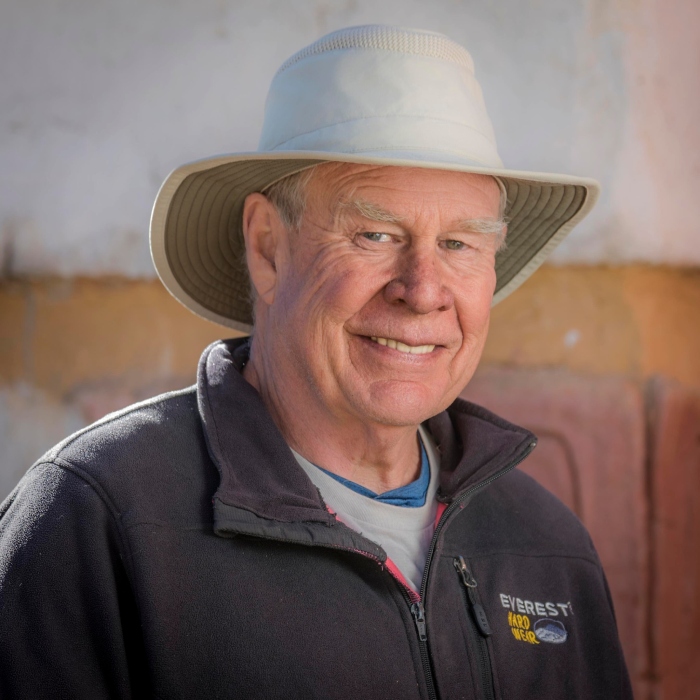
Born and raised in British Columbia, I have always enjoyed outdoor adventure. In recent years, I have been extremely privileged to travel to Nepal for many treks through the magnificent Himalayas.
I learned of the school at Saldang, and its need for support, during a long trek through the Upper Dolpo region – an extremely high desert bordering Tibet, where the culture of the people is traditional Tibetan.
I am retired from my position as the Director of Crop Production for PRT Growing Services Ltd. PRT is the largest producer of forest seedlings in North America with an annual production of ~ 600 million seedlings from its 28 nurseries across Canada and the US.
My wife and I have been fortunate to live in Nelson BC for the past 40+ years!
About our Logo
Altitude Project’s logo is inspired by the many chortens encountered while traveling through the remote and beautiful Upper Dolpo region of Nepal and especially by children’s drawings of village life, which always includes a chorten. Very simply, a chorten is a Buddhist shrine, typically a monument to a local Rinpoche that has passed and, of course, to Buddha.
Thanks to the people at Black Sheep Branding for creating the design for us!
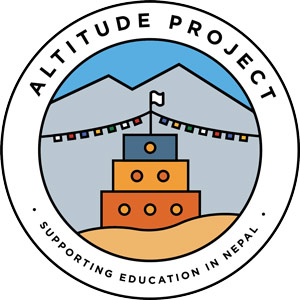
Chortens in the Dolpo
“Wherever you go, go with all your heart.”
Confucius

